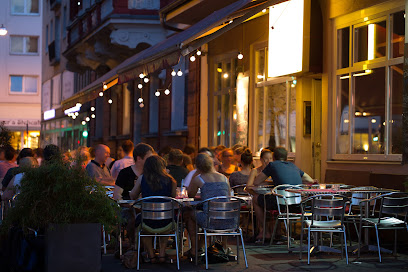
Fackelläufer: A Symbol of Hannover's History
Discover the Fackelläufer on Hannover's Maschsee: A controversial monument reflecting the city's complex history and offering scenic lakeside views and cultural attractions.
The Fackelläufer (Torchbearer) is a prominent sculpture located on the north shore of Hannover's Maschsee lake. Created by Hermann Scheuernstuhl in 1936, it stands as a reminder of the lake's construction during the Nazi era. The statue, depicting a nude male figure holding a torch, has sparked debate due to its association with Nazi propaganda, yet it remains a significant landmark and a popular meeting point for locals and tourists alike. The surrounding area offers scenic views of the lake and access to various recreational activities, making it a worthwhile stop for those exploring Hannover. Despite its controversial past, the Fackelläufer serves as a historical marker and a testament to the complex history of the city and the Maschsee.
A brief summary to Fackelläufer Maschsee Nordufer
- Parkplatz, Rudolf-von-Bennigsen-Ufer 2, Hanover, Südstadt-Bult, 30169, DE
Local tips
- Take a walk around the Maschsee to fully appreciate the lake's beauty and recreational opportunities.
- Visit the Sprengel Museum nearby to explore modern art and complement your historical exploration.
- Attend the Maschsee Festival in summer for a vibrant cultural experience with music, food, and entertainment.
- Reflect on the historical context of the Fackelläufer and its significance in Hannover's past.
- Enjoy a boat tour on the Maschsee for a unique perspective of the Fackelläufer and the surrounding landscape.
Getting There
-
Public Transport
From Hannover Hauptbahnhof (main train station), take the Stadtbahn (lines 3, 7, or 9) to the Waterloo station. From there, walk south along Waterloostraße and Bruchmeisterallee to reach the Nordufer of Maschsee (approximately a 10-minute walk). The Fackelläufer is located on Kurt-Schwitters-Platz. A single GVH ticket costs approximately €3.60.
-
Bus
Take bus line 100 to the Sprengel Museum stop, which is near the Fackelläufer. A single GVH ticket costs approximately €3.60.
-
Taxi/Ride-Share
A taxi or ride-share from Hannover Hauptbahnhof to the Fackelläufer at Maschsee Nordufer will cost approximately €12-€18 and take around 10-15 minutes, depending on traffic.
-
Walking
From the Neues Rathaus (New Town Hall), walk south through the Maschpark towards the lake. Continue along the northern shore to reach the Fackelläufer (approximately a 15-20 minute walk). Follow signs for Maschsee Nordufer.
-
Driving
Drive towards the city center and follow signs for Maschsee Nordufer. Limited parking is available in the vicinity. Consider using the Schützenplatz parking area (Bruchmeisterallee 1A, 30169 Hannover) and walking to the Fackelläufer (approximately 10 minutes). Parking at Schützenplatz costs around €5 per day. Parking near the Maschsee can be limited, especially during events.
Discover more about Fackelläufer Maschsee Nordufer
Iconic landmarks you can’t miss
Fackelläufer Maschsee Nordufer
0.0 km
Discover the Fackelläufer on Hannover's Maschsee: A controversial monument reflecting the city's complex history and offering scenic lakeside views and cultural attractions.
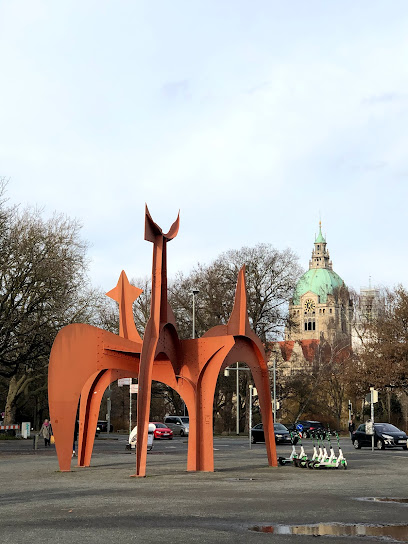
Mahnmal DERRY von H.-J. Breuste
0.2 km
A poignant memorial in Hanover dedicated to the victims of the Northern Ireland conflict, fostering reflection on peace, reconciliation, and the human cost of violence.
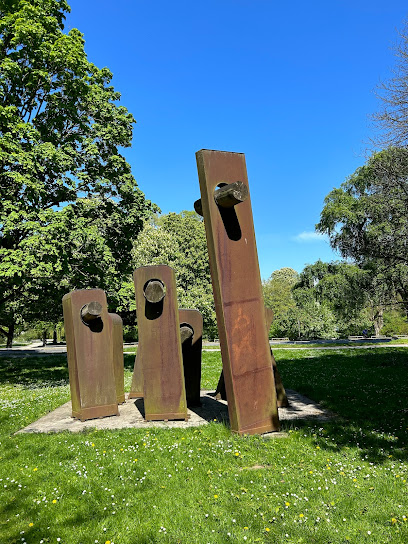
Arthur-Menge-Ufer 3
0.3 km
Explore Hannover's scenic Arthur-Menge-Ufer promenade: Lakeside views, recreation, and historical reflection on the shores of Maschsee, a vibrant destination for all.
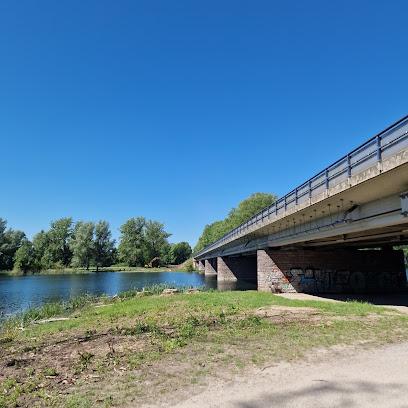
Denkmal Heinr. Schrader Bademeister zu Hannover
0.5 km
Honoring a Hanoverian hero: Discover the story of Diederich Heinrich Schrader, the 19th-century swimming instructor who saved 560 lives, at this modest yet meaningful monument.
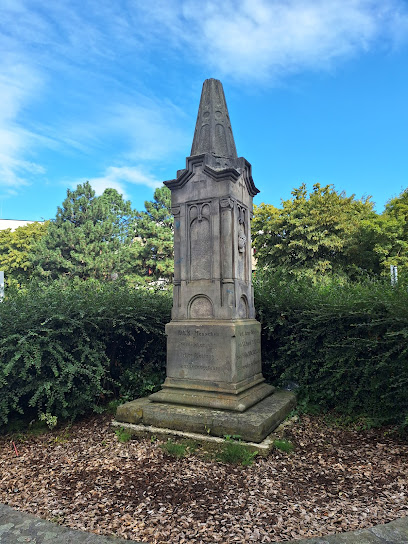
Laveshaus
0.7 km
Explore Laveshaus, an architectural masterpiece in Hanover, where history and beauty meet in stunning harmony.
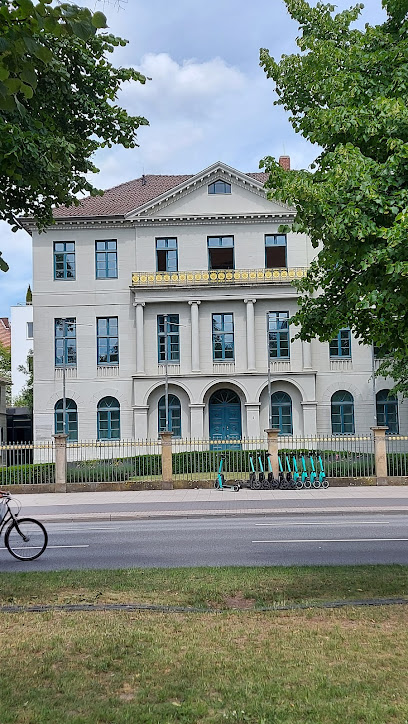
Göttingen Seven Monument
0.8 km
Explore the Göttingen Seven Monument in Hanover, a historic landmark celebrating the legacy of academic freedom and courage.
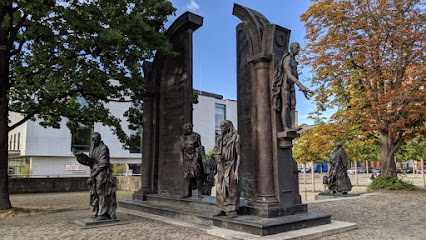
Open Grave, Hanover
0.8 km
Discover a peaceful oasis in Hanover's heart at Gartenfriedhof, a historic cemetery with notable graves, classic monuments, and the intriguing 'Open Grave'.
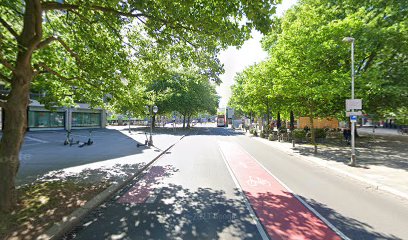
Waterlooplatz
0.8 km
Discover Waterlooplatz in Hanover: A historic square commemorating the Battle of Waterloo, now a vibrant public space hosting events and offering a green oasis in the city center.
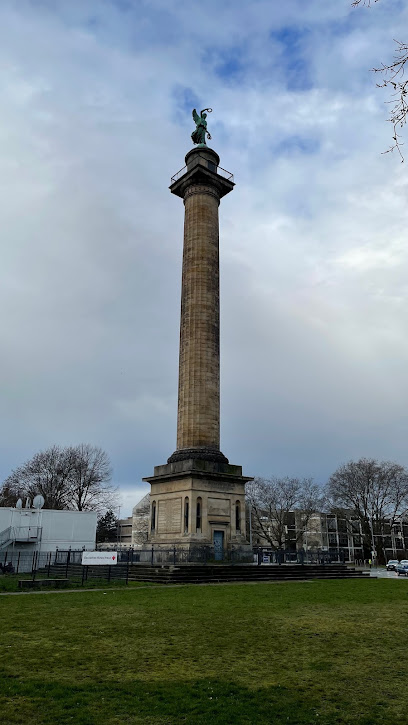
Leineschloss
0.9 km
Explore Hannover's Leineschloss: A historic palace turned parliament, blending centuries of royalty and political power in the heart of the city.

ATRIUM Altes Rathaus Hannover
1.0 km
Dine in the heart of Hanover's history at ATRIUM Altes Rathaus, where culinary excellence meets architectural grandeur in the city's oldest secular building, offering a unique and memorable experience.
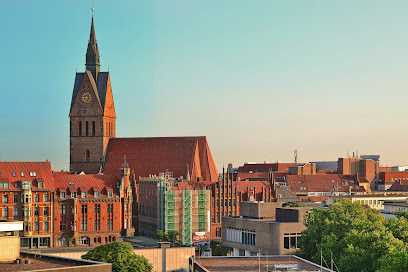
Ihmeufer
1.0 km
Discover Hanover's Ihmeufer: A riverside park offering tranquil escapes, scenic paths, and a vibrant community space in the heart of Linden-Limmer.
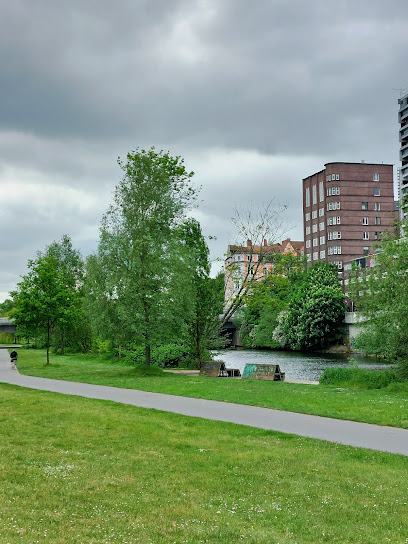
Broyhan Haus
1.0 km
Discover the authentic taste of Germany at Broyhan Haus, where every meal is a celebration of tradition and flavor in the heart of Hanover.
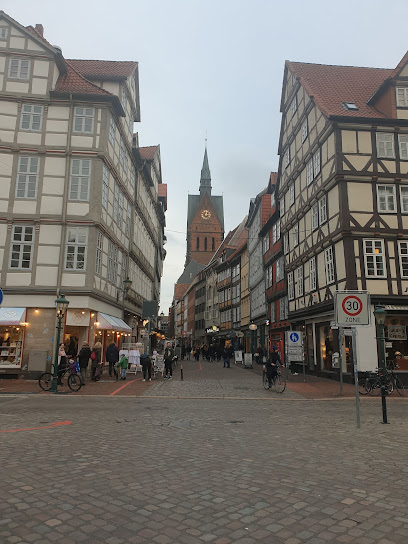
Sitz Platz am Ihme
1.1 km
Escape to serenity at Sitz Platz am Ihme, a picturesque park in Hannover's Linden-Limmer, offering tranquil river views, lush landscapes, and a vibrant community atmosphere.
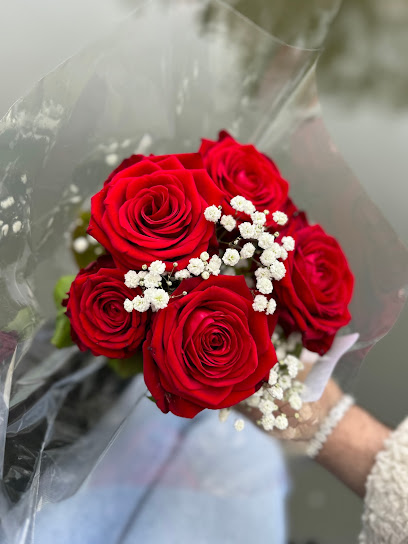
Wünschestein (Skulptur)
1.1 km
Explore Wünschestein in Hanover, a stunning sculpture that reflects contemporary art and cultural vibrancy in the heart of the city.
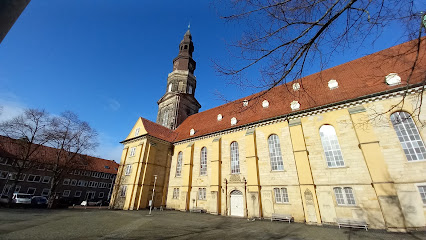
Ballhofpl. 1
1.2 km
Discover Hanover's historic heart at Ballhofplatz, a charming square with a rich past, vibrant cultural scene, and picturesque half-timbered buildings, offering a delightful experience for every traveler.
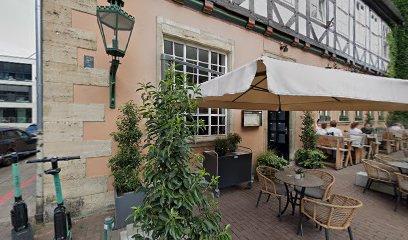
Unmissable attractions to see
Le Hallebardier (Alexander Calder, 1971)
0.0 km
Explore Le Hallebardier in Hanover, a stunning sculpture by Alexander Calder that captures the essence of modern art in a vibrant urban setting.
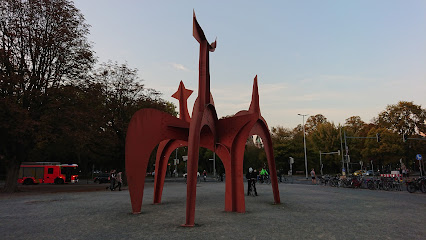
Hannover Maschsee
0.1 km
Explore the serene beauty of Hannover Maschsee, a stunning state park perfect for relaxation, recreation, and scenic views in the heart of Hanover.
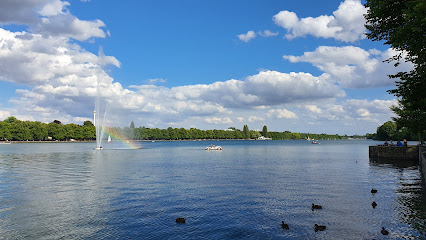
Sprengel Museum
0.1 km
Explore modern art at the Sprengel Museum in Hannover, featuring masterpieces from renowned artists in a stunning architectural setting.
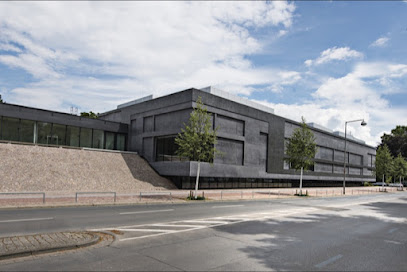
Maschseefontäne, Hannover - Stadtwerke (1986)
0.2 km
Experience the tranquil beauty of Maschseefontäne, a stunning fountain in Hannover, set against the picturesque Maschsee lake and lush gardens.
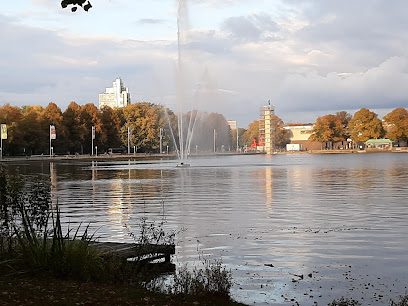
Landesmuseum Hannover
0.3 km
Explore the diverse collections of Landesmuseum Hannover, where art, history, and nature blend beautifully in a captivating museum experience.
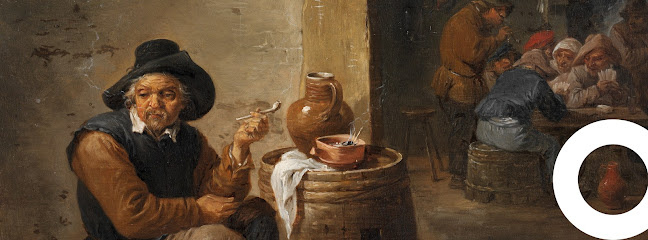
Masch Park
0.4 km
Discover the natural beauty and cultural experiences of Masch Park, a lush state park in Hanover, perfect for relaxation and exploration.
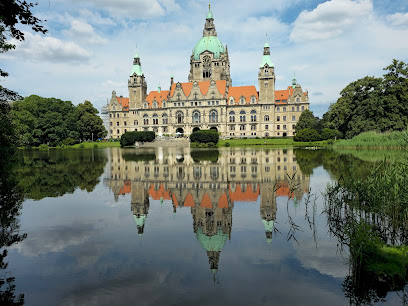
NDR Konzerthaus | Großer Sendesaal
0.4 km
Discover the enchanting world of classical music at NDR Konzerthaus in Hanover, where exceptional performances await in a stunning concert hall.
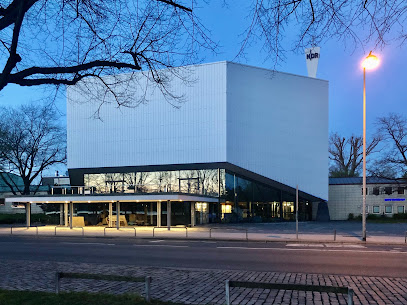
Geodetic reference point
0.4 km
Explore the Geodetic Reference Point in Hannover, a unique tourist attraction that symbolizes the precision of geography and the city's rich historical narrative.
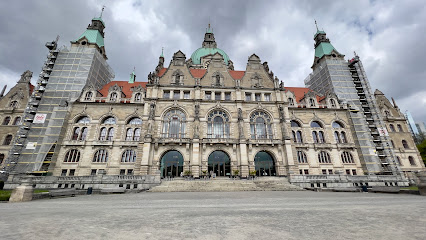
Hannover 96 Arena GmbH & Co. KG
0.4 km
Discover the excitement of Hannover 96 Arena, a premier stadium in Germany, where football and entertainment come alive in a vibrant atmosphere.
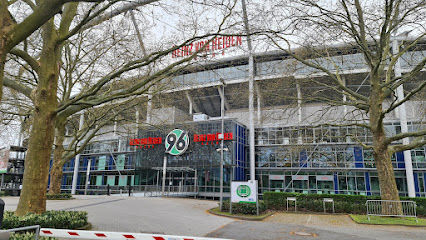
New Town Hall
0.5 km
Discover the architectural splendor and historical richness of the New Town Hall in Hanover, a captivating destination for every traveler.
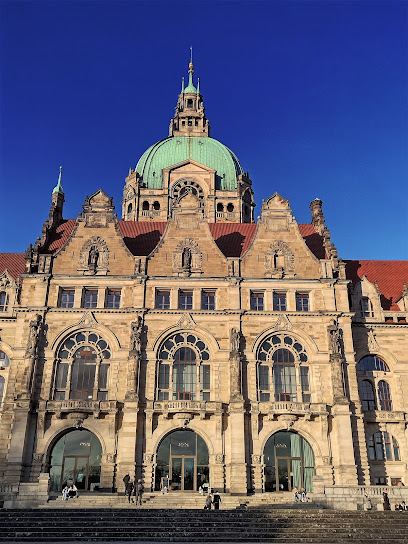
Klaus Bahlsen Fountain
0.6 km
Explore the Klaus Bahlsen Fountain in Hannover, a stunning blend of art and history, surrounded by vibrant public spaces and cultural attractions.
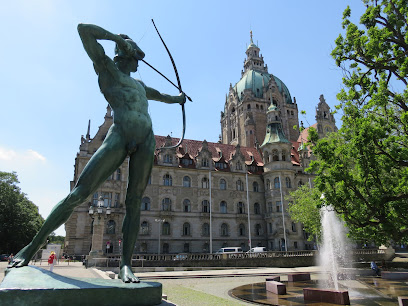
Schützenplatz
0.6 km
Explore the vibrant Schützenplatz in Hanover, a lively town square offering dining, shopping, and cultural events amidst stunning architecture.
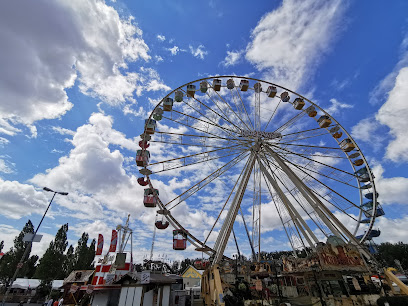
Museum August Kestner
0.6 km
Discover the artistic heritage of Hanover at Museum August Kestner, showcasing timeless treasures from antiquity to contemporary art.
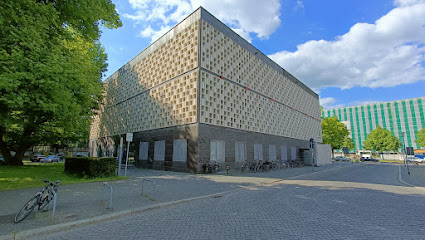
Schützenplatz Hannover
0.7 km
Visit Schützenplatz Hannover for an unforgettable fairground experience filled with thrilling rides, delicious food, and vibrant cultural celebrations.
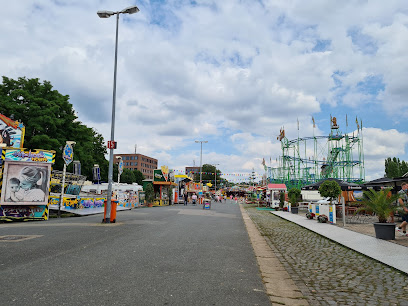
In Vent (Skulptur)
0.7 km
Discover 'In Vent', a striking sculpture in Hanover, blending modern art with urban vibrancy for an unforgettable tourist experience.
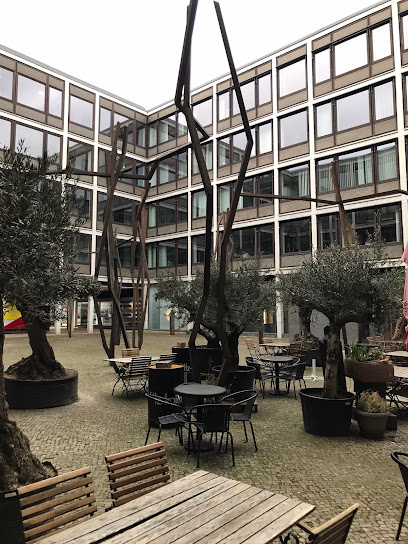
Essential places to dine
Ständige Vertretung Hannover
0.6 km
Experience authentic German flavors at Ständige Vertretung Hannover - where tradition meets taste in every dish.
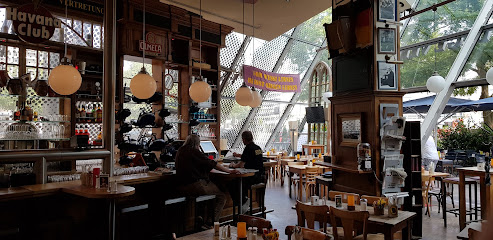
Das AbendMahl
0.6 km
Discover authentic Italian flavors at Das AbendMahl in Hanover - where every meal feels like a journey through Italy's rich culinary landscape.
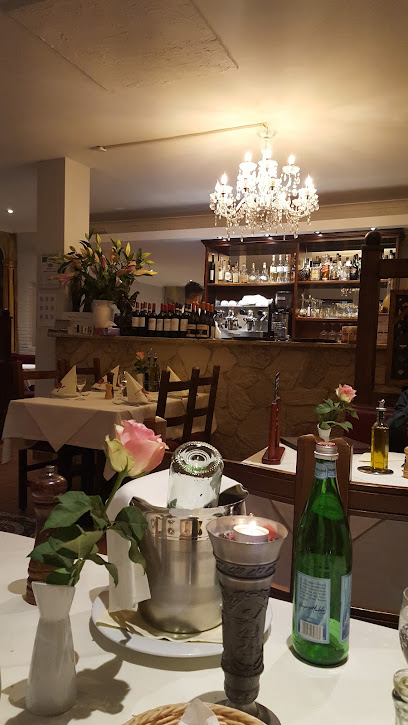
Meiers Lebenslust Restauration und Hausbrauerei
0.6 km
Discover the charm of traditional German cuisine at Meiers Lebenslust Restauration und Hausbrauerei in Hanover.
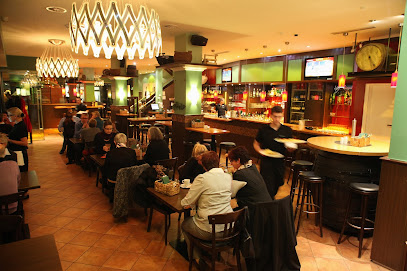
Ristorante Francesca
0.8 km
Experience authentic Italian cuisine at Ristorante Francesca in Hannover - where every dish tells a story of tradition and flavor.

Mimi's Thai Kitchen
0.9 km
Experience authentic Thai flavors at Mimi's Thai Kitchen in Hanover - where every dish tells a story.
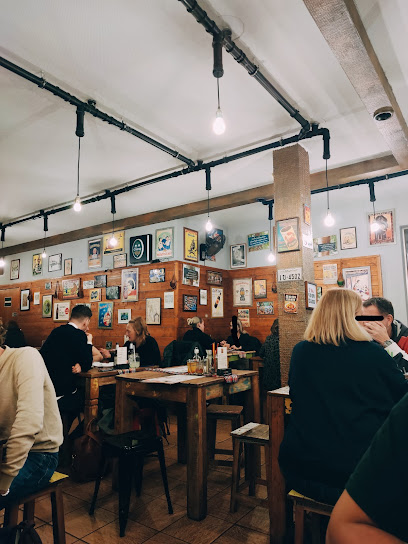
KUHnstWERK
0.9 km
Experience gourmet burgers at KUHnstWERK in Hannover – where taste meets creativity in every bite.
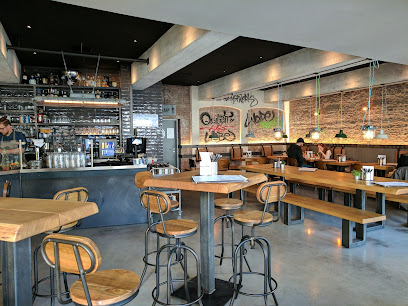
VOTUM
0.9 km
Experience exquisite fine dining at VOTUM in Hanover – where modern gastronomy meets elegant ambiance.
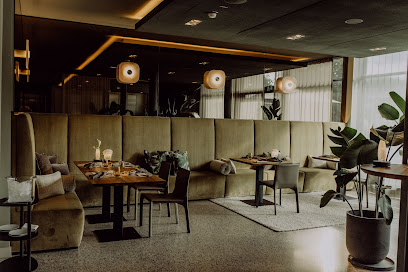
Bavarium Hannover
1.0 km
Experience authentic German cuisine and lively beer garden vibes at Bavarium Hannover - a culinary delight in the heart of Hanover.
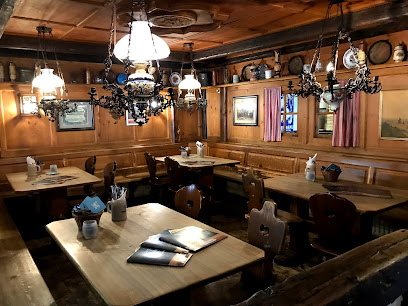
A´Mura
1.0 km
Experience authentic Italian cuisine at A'Mura in Hanover—where every dish tells a story.

Restaurant Grüpchen
1.1 km
Discover the rich flavors of Hanover at Restaurant Grüpchen - where local meets international cuisine in a cozy setting.
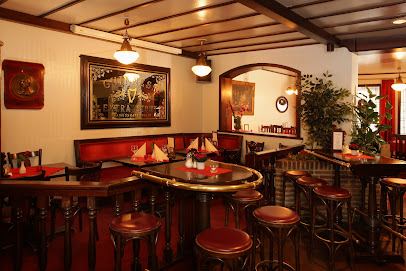
Pier 51 Restaurant
1.1 km
Experience authentic German cuisine with stunning riverside views at Hanover's Pier 51 Restaurant – a culinary gem worth exploring.
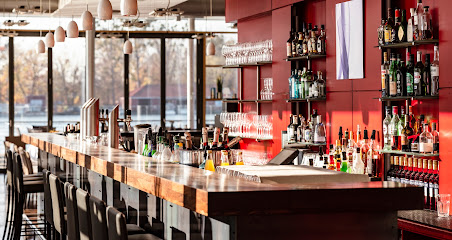
Beef and Reef - Hannover
1.1 km
Experience exceptional steak and seafood at Beef and Reef in Hannover – where culinary excellence meets vibrant atmosphere.
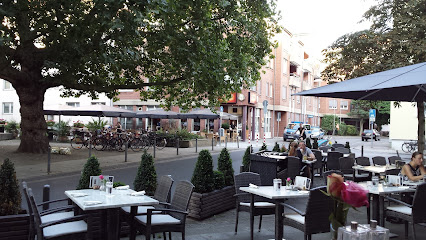
Pfannkuchen Haus
1.1 km
Experience delicious pancakes and authentic German cuisine at Pfannkuchen Haus in Hanover - a must-visit culinary destination.
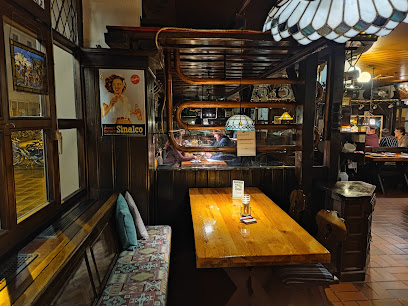
Ristorante Weinstube Leonardo
1.1 km
Discover authentic Italian flavors at Ristorante Weinstube Leonardo in Hanover – where every meal is a delightful culinary journey.
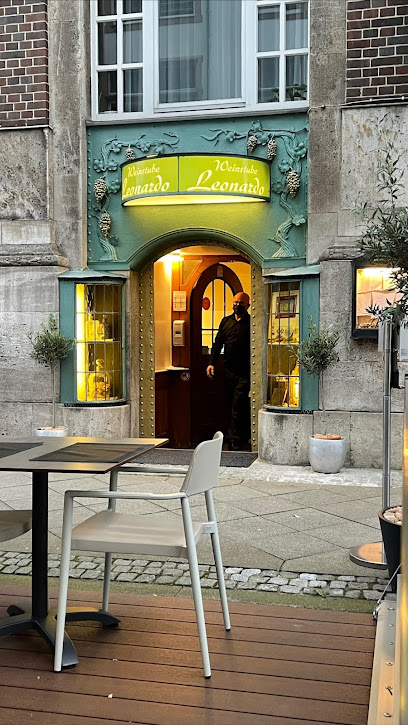
Stephans Eck - Restaurant Hannover Südstadt
1.2 km
Discover authentic German cuisine at Stephans Eck in Hannover’s Südstadt—where tradition meets modern culinary excellence.
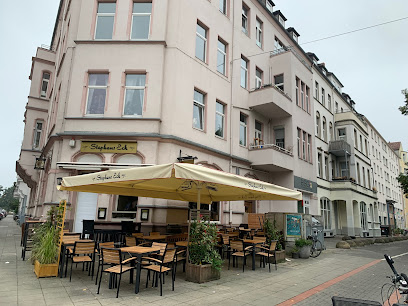
Markets, malls and hidden boutiques
Hannover, Südstadt
0.7 km
Explore the vibrant world of goldsmithing in Hannover, Südstadt, where artistry meets tradition in stunning jewelry creations.
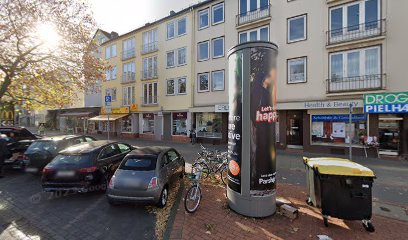
Per La Casa
0.9 km
Discover contemporary European fashion at Per La Casa, a chic clothing store in Hanover's vibrant Südstadt-Bult district.
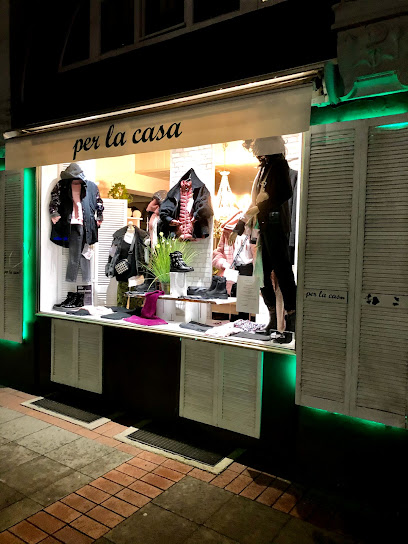
Schönenberger
0.9 km
Explore Schönenberger in Hanover for a unique fashion experience with curated styles and personalized service in a chic boutique setting.
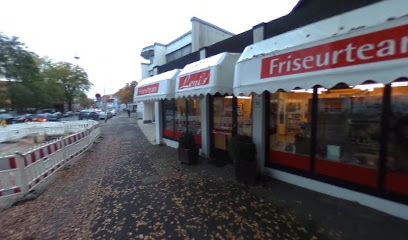
Earth & Sky - the green shop GmbH
0.9 km
Shop sustainably at Earth & Sky, Hanover's premier eco-friendly gift shop featuring unique clothing and thoughtful gifts.
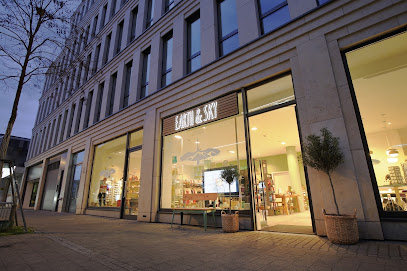
Simmgold Hannover
1.0 km
Explore Simmgold Hannover, a chic women's clothing store offering the latest trends and timeless styles in a trendy atmosphere.
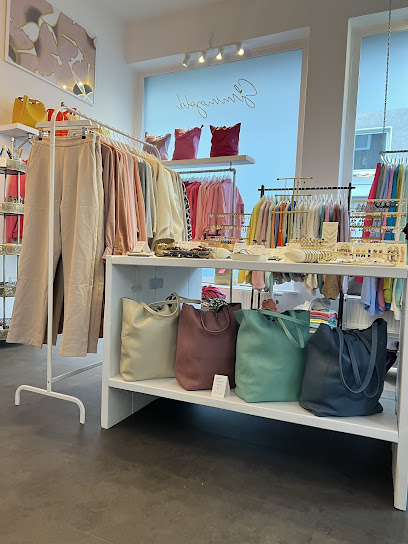
Oxfam Shop Hannover
1.0 km
Explore Oxfam Shop Hannover for unique thrift finds - clothing, accessories, and books that support global charity efforts.
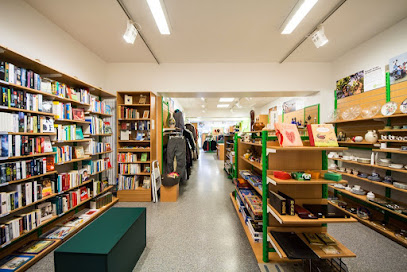
SOHO Second-Hand & Neuware
1.0 km
Explore a curated collection of pre-loved fashion at SOHO Second-Hand & Neuware in Hanover, where every piece has a story to tell.
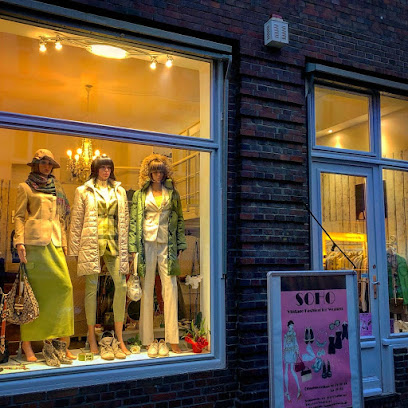
Lacoste
1.0 km
Explore fashion at Lacoste in Hannover - a stylish destination for men's, women's, and children's clothing, accessories, and footwear.
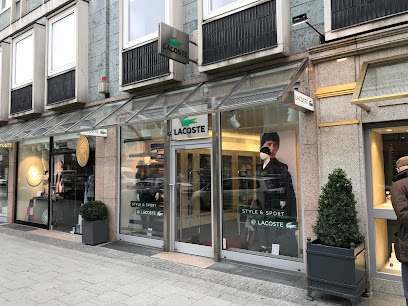
Souvenirs & Geschenkartikel Inh. Lutz Wedekind
1.1 km
Explore unique souvenirs and gifts at Souvenirs & Geschenkartikel in Hanover, the perfect stop for capturing memories of your travels.
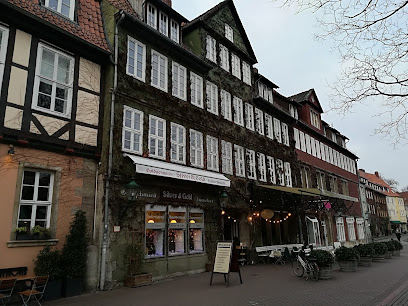
Nespresso Boutique Hannover
1.1 km
Explore the elegance of coffee at Nespresso Boutique Hannover, where premium blends and expert guidance await every coffee enthusiast.
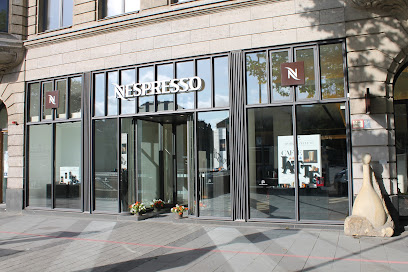
nooks.lieblingsdinge
1.1 km
Discover Nooks Lieblingsdinge in Hanover for unique gifts, books, and home supplies that capture the essence of local culture and craftsmanship.
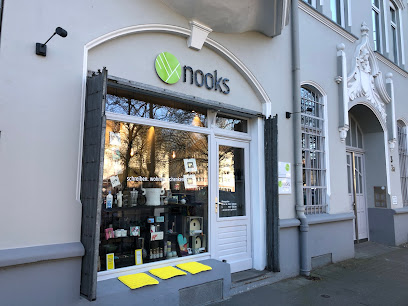
Esterella
1.1 km
Explore sustainable fashion at Esterella, Hannover's beloved used clothing store for women and children, offering unique styles at affordable prices.
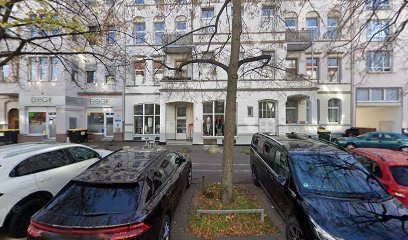
Marie Jo Modeboutique
1.2 km
Explore the elegance of men's fashion at Marie Jo Modeboutique in Hannover, where style meets quality in a charming boutique atmosphere.
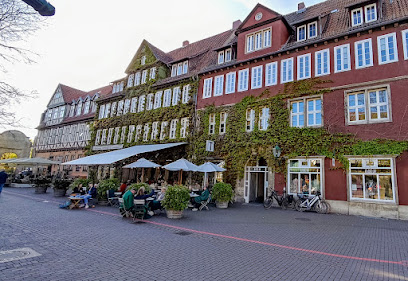
Manufactum Warenhaus
1.2 km
Explore the charm of Hannover at Manufactum Warenhaus, where quality and craftsmanship come together in a delightful shopping experience.
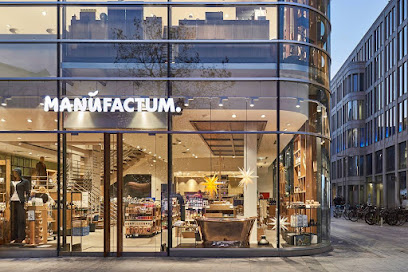
AUST Fashion Hannover - Kröpcke Center
1.2 km
Discover unique styles at AUST Fashion Hannover, located in the vibrant Kröpcke Center, where contemporary fashion meets local charm.
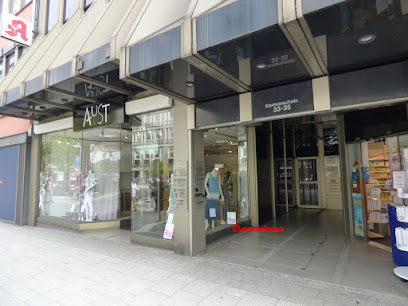
Essential bars & hidden hideouts
Bolero Island
0.3 km
Experience the lively atmosphere and unique drinks at Bolero Island, Hanover's vibrant bar for tourists and locals alike.
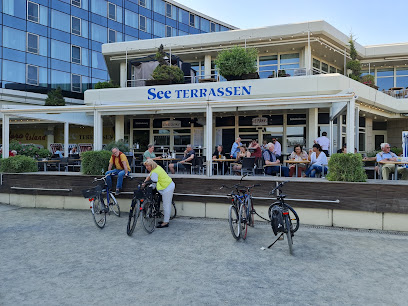
Hannover's Wohnzimmer
0.6 km
Discover the cozy charm of Hannover's Wohnzimmer, a bar that captures the vibrant spirit of Hanover's nightlife with delightful drinks and a welcoming atmosphere.
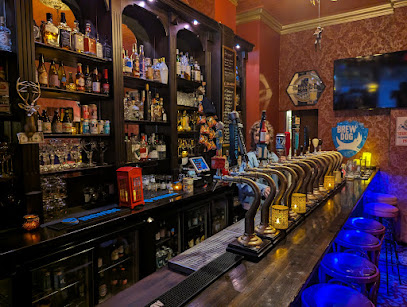
Südstadttreff
0.7 km
Experience the vibrant local culture at Südstadttreff, a charming pub in Hanover's Südstadt-Bult district, offering great drinks and a warm atmosphere.
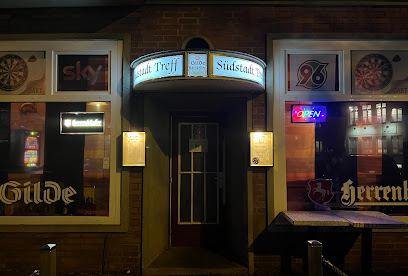
Cafe & Bar Celona Hannover Südstadt
0.8 km
Discover the perfect blend of coffee, cocktails, and cuisine at Café & Bar Celona in Hannover's lively Südstadt district.
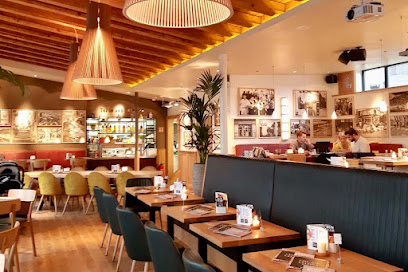
Schöne Aussichten 360° Beachclub Hannover
0.9 km
Discover the lively Schöne Aussichten 360° Beachclub in Hannover, where vibrant ambiance meets stunning views and refreshing drinks for a perfect getaway.
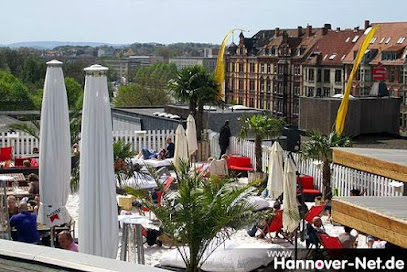
Dublin Inn
1.0 km
Experience the warmth of Irish hospitality at Dublin Inn, where traditional food, drinks, and sports come together in Hanover's lively atmosphere.
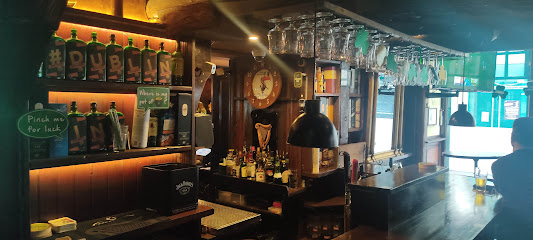
Oscar's Bar - Hannover
1.0 km
Discover the lively atmosphere of Oscar's Bar in Hannover, where exceptional cocktails meet a welcoming pub experience for all visitors.
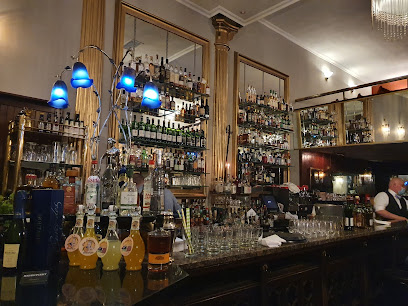
Barfuß Bar
1.0 km
Experience the vibrant nightlife of Hanover at Barfuß Bar, where great drinks and a lively atmosphere await every visitor.
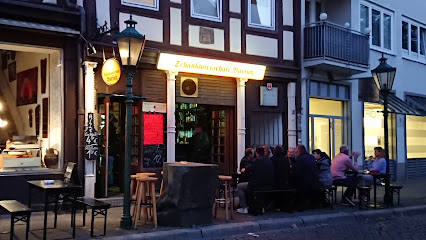
Schateke
1.1 km
Discover the flavors of Germany at Schateke, a cozy pub in Hanover-Mitte offering traditional dishes and a fine selection of local beers.
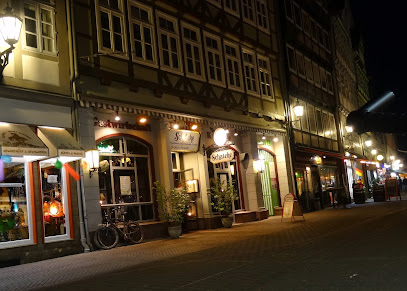
Alt Hanovera Irish Pub
1.1 km
Discover the authentic Irish pub experience at Alt Hanovera, where great food, drinks, and live music create memorable moments in Hannover.
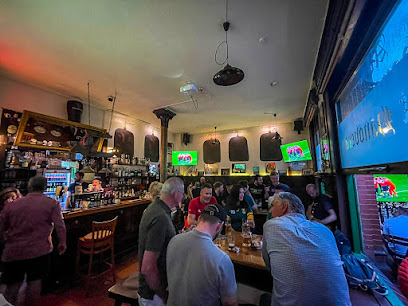
Craft Bier Bar Hannover
1.1 km
Discover the vibrant craft beer culture at Craft Bier Bar Hannover, where every sip tells a story of passion and flavor.
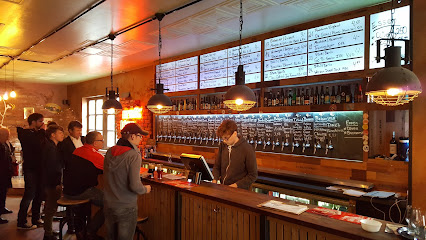
Bar Seña
1.1 km
Discover Hannover's nightlife at Bar Seña, where exquisite cocktails meet a chic lounge atmosphere for an unforgettable evening.
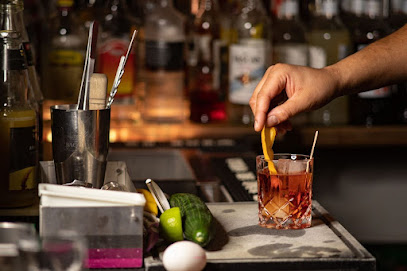
My Way Altstadt
1.1 km
Savor the essence of Hanover at My Way Altstadt, where gourmet burgers, artisanal pizzas, and vibrant cocktails come together in a lively atmosphere.
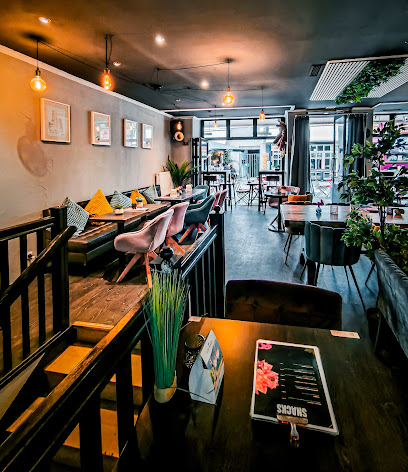
Brauhaus Ernst August
1.2 km
Experience the best of Hanover at Brauhaus Ernst August, a lively gastropub offering delicious food, local beers, and vibrant live music.
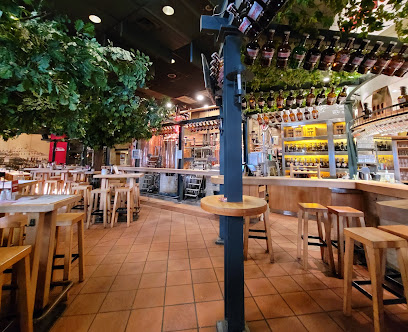
Goldfisch Bar
1.2 km
Discover the lively Goldfisch Bar in Hanover - your go-to spot for cocktails, delicious bites, and a vibrant atmosphere.
